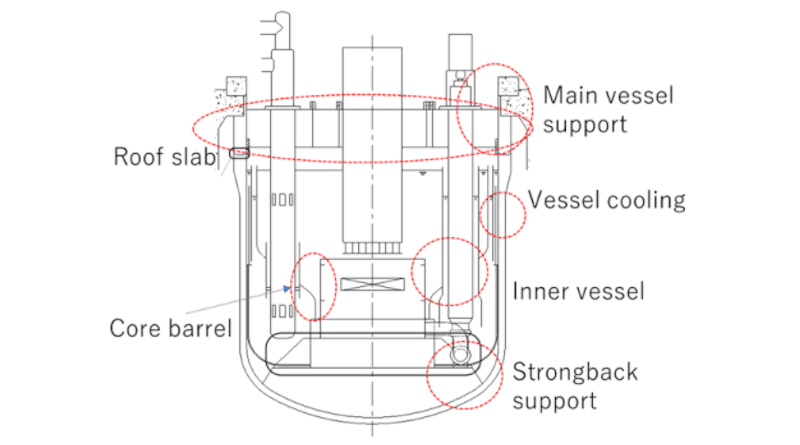Sodium-Cooled Fast Reactors And The Future Of Nuclear Energy
Many countries are already using sodium-cooled fast reactors to provide energy; a new review paper assesses the progress made in the development of this technology by a joint French-Japanese collaboration.
In March 2017, France and Japan signed a nuclear power collaboration agreement that included a discussion of a sodium-cooled fast reactor (SFR). The bilateral agreement marked the beginning of two years of research in both countries into the viability of such a reactor and the creation of a feasible common design concept.
A new paper published in the open-access journal EPJ N – Nuclear Sciences & Technologies by Gilles Rodriguez, Technical Director of the Generation IV International Forum, provides a comprehensive review of this joint work carried out from 2017 to 2019.
In SFRs the fission chain reaction is sustained by fast neutrons with an energy of around 1 MeV, and the reactor is cooled by liquid sodium. The technology is currently in use in several countries including the US, Russia, China and India.
Rodriguez explains why SFRs could be a step forward in energy production. “Sodium-cooled fast reactors are a mature technology because worldwide they have a significant operational time of 468 years,” the expert engineer explains, referring to the cumulative years that SFRs have been operating in various countries.
Taking the desired design requirements, safety demonstrations, structural requirements, and the site conditions set by both countries into account led to an adaptation of the French design concept: ASTRID (Advanced Sodium Technological Reactor for Industrial Demonstration). The aim, according to Rodriguez, is to comply with both French and Japanese constraints and requirements. With this common understanding of design and challenges, joint research and development studies are still ongoing bilaterally between the countries.
“Fast neutrons allow for large flexibility in core design in a breeder mode [when a reactor is designed to produce more material capable of generating fission reactions] or in a transmutation mode [exposing elements to fast neutrons produced by fission, which can transmute them into other short-lived isotopes],” Rodriguez says, adding that the ability of ASTRID, like all SFRs, to use plutonium as a fuel is just one of the technology’s assets. Plutonium here is not a waste product but a valuable fissile material.
The engineer adds that the major advantage, however, comes from the abundance and availability of the liquid metal used for cooling in such systems. Though the use of a molten metal like sodium may seem counter-intuitive, as liquid sodium is by definition very hot, with a melting point of 97.7 melting point of 97.70C, reactors can have temperatures as high as 5500C.
“Using and handling sodium is quite easy when the fundamental knowledge of sodium handling is acquired and this material is massively present on Earth, particularly in sodium chloride — the salt from the sea.” adds Rodriguez.
Rodriguez and his co-authors conclude their review paper by saying that through fruitful exchanges engineers in both France and Japan have reached a good level of mutual understanding of key SFR technologies and potential designs, thus laying out important groundwork for the future of nuclear power.
The Generation IV International Forum Technical Director adds that he believes the journal EPJ N – Nuclear Sciences & Technologies is reporting novel findings that reflect current thinking in the international nuclear sector.

